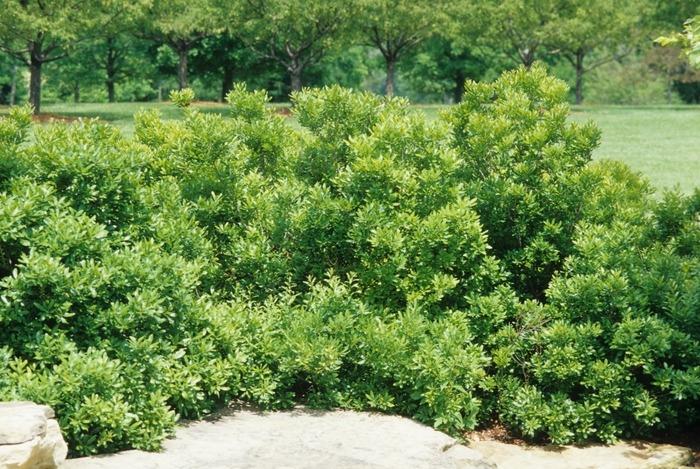

It’s also an important food source for wild birds, including the eponymous myrtle warblers ( Setophaga coronata coronata), which rely heavily on the berries during the winter months. With a decline in the need for candles, bayberry has found new life as a highly adaptable native evergreen hedge that's resistant to deer and the rigors of urban life. For such a small family, the Myricaceae is the source of much controversy in plant taxonomy, with many systematists calling it Myrica cerifera and others splitting it into the related genus Morella. You’ll find it answering to one or both names in plant nurseries or online. You can get a sample of what pure bayberry candles are like by crushing the leaves, which are lined with tiny yellow resin glands containing the same chemicals responsible for the distinctive fragrance.īotanically, wax myrtles are members of the Myricaceae, or wax myrtle family, and are thus unrelated to most of the other species commonly known as myrtles, such as the crepe myrtle ( Lagerstroemia spp.) and the true myrtle ( Myrtus communis). Both species earned the moniker “wax myrtle” from the thousands of tiny fruits coated with blueish wax that cling tightly to the branches of female trees, which can be boiled and strained to create a burnable wax for candle-making. These days, most commercially available “bayberry” candles are made with paraffin and other artificial ingredients, but for hundreds of years, wild bayberries-the unusual fruits of the southern wax myrtle-were the only source of the distinctive wax used to manufacture them.Īs their common name suggests, bayberries are native to the coastal plains, growing in dense thickets from Maryland through Texas-the southern counterpart to the northern bayberry ( Myrica pennsylvanica), which runs up the coast of New England. It can be propagated by cuttings.If you love candles, you’re probably familiar with the color and scent of bayberry, a popular decoration in old-fashioned Christmas displays. This species is native to parts of North America. It is somewhat tolerant of urban pollution. It is not particular as to soil pH, but grows best in poor soils. It is quite adaptable, prefering to grow in average to wet conditions, and will even tolerate some standing water.
#Wax myrtle zone full#
This tree should only be grown in full sunlight. It grows at a fast rate, and under ideal conditions can be expected to live for approximately 30 years. I dont think it looks like normal dieback either. ecrane3 Dublin, CA (Zone 9a) May 22, 2008. I think you have a problem with your bush. They havent displayed die back like that in summer or winter. Ive had around 10 wax myrtles for the past year.

It has a low canopy, and is suitable for planting under power lines. DallasDad Murphy, TX (Zone 8a) May 22, 2008.

Southern Wax Myrtle will grow to be about 12 feet tall at maturity, with a spread of 10 feet. Southern Wax Myrtle is recommended for the following landscape applications Gardeners should be aware of the following characteristic(s) that may warrant special consideration It is a good choice for attracting birds, bees and butterflies to your yard. This tree will require occasional maintenance and upkeep, and may require the occasional pruning to look its best. Its average texture blends into the landscape, but can be balanced by one or two finer or coarser trees or shrubs for an effective composition. Southern Wax Myrtle is a multi-stemmed evergreen tree with a more or less rounded form. The fragrant narrow leaves remain grayish green throughout the winter. Ideal for USDA Zones 7 - 11 Prefers full sun to partial shade Glossy/blazing, oblanceolate, fragrant olive green leaves In late summer, aromatic flowers give. It features subtle chartreuse catkins along the branches from late winter to early spring. It features an abundance of magnificent blue berries from mid summer to mid fall. Find Southern Wax Myrtle (Myrica cerifera) in Columbia Spring Hill Franklin Lewisburg Nashville Tennessee TN at Fernwood Garden.

Southern Wax Myrtle is primarily grown for its highly ornamental fruit. Select a male and female plant to produce the ornamental waxy-blue berries the berries are a high energy food source for birds tolerant of wet or dry, infertile soil aromatic foliage repels insects an overall great choice best pruning in late winter


 0 kommentar(er)
0 kommentar(er)
